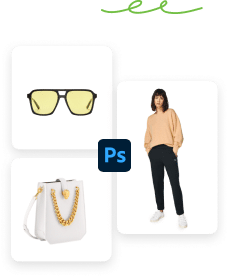Product images are the first thing people notice while buying online. Perfect product shots require a setup, proper equipment, types of shots to decide, and editing to make them realistic and lucrative.
So, if you are a new photographer or looking to start a career in commercial photography, you have landed on the right page.
This elaborative article on product photography includes everything from preparation to getting high-quality product photos ready to publish.
Let’s know in detail.
What you’ll learn in this article
- 1 Why Product Photography is Needed?
- 2 What is included in the product photoshoot?
- 3 17 Types of Product Photography That Are On A Roll
- 4 Equipment You Need to Take Shots of Your Product
- 5 How Do You Shoot Products?
- 6 12 Tips to Create Picture-Perfect Product Photos
- 7 When to Hire a Professional Product Photographer?
- 8 Best Way to Hire a Professional Photographer
- 9 Outsource Ecommerce Product Photo Editing Services
- 10 Final Thought
Why Product Photography is Needed?
Here are 5 reasons why product photography is important.
Photos attract and convince customers: As online shoppers can’t check the product hands-on online; instead, they rely on product images. Thus, product photos accelerate the decision-making among potential customers as they see what you bring to their table.
It builds brands’ reputations: Product photography is a work of a short time but brings the impact of a long time. It delivers a brand’s message, shows that you care for their needs, and has brought solutions, thus resulting in building a reputation.
It shows brands’ professionalism: Suppose you are steady on marketizing your product across different platforms like ecommerce or social media. In that case, you will get a loyal clientele who believe who will revere you for your professionalism.
Product images have good statistics:
- 75% of online shoppers rely on photos before deciding to purchase.
- 67% of consumers prioritize product image quality before purchasing a product.
- Quality product images are important over product descriptions or reviews to 50% of online shoppers.
Image quality makes or breaks a sale: People are fast to understand images. Even so, image quality is a big factor in increasing sales. High-quality images are added bonus, as those show details, delivers the solution to exact potential buyers, and meet their expectation.
What is included in the product photoshoot?
As online shopping is rising, there’s almost nothing that people don’t buy online. As a result, sellers sell anything and everything.
So, a product photoshoot includes any product we use, from a tiny ring to a large car.
It displays what a seller is selling and if it’s buyable, considering different factors. And a product image shows all those. The ultimate purpose is to increase sales.
17 Types of Product Photography That Are On A Roll
How a product will be shot depends a lot on that product. So, considering all types of products, we have listed 17 types of product photography. Here are those-
- Single Product Photo
- Group Photo
- Packshot Photography
- Size-Oriented Shots
- Details or close-up Shot Photos
- 360 Degree Product Photos
- Lifestyle Photoshoot
- Action Shot
- Social Media Photography
- White Background Shots
- Hanging Product Photo
- Flat Lay Photo
- Ghost Mannequin Photo
- Infographic Images
- Promotional Photos
- Process Photography
- Non-Product (or Service) Images
1. Single Product Photo

A single or individual shot is the most common. You will see that most ecommerce products single product shot, a product in one frame. If we exemplify Amazon’s product image requirements, they clearly state to the sellers to take a single product shot that covers 80% of the image.
Individual shots can be featured on every selling platform. Depending on how a product has been captured (such as angle), such photos are enough to deliver the basic message of what the product is about, how it works, and how it solves the buyer’s problems.
2. Group Photo
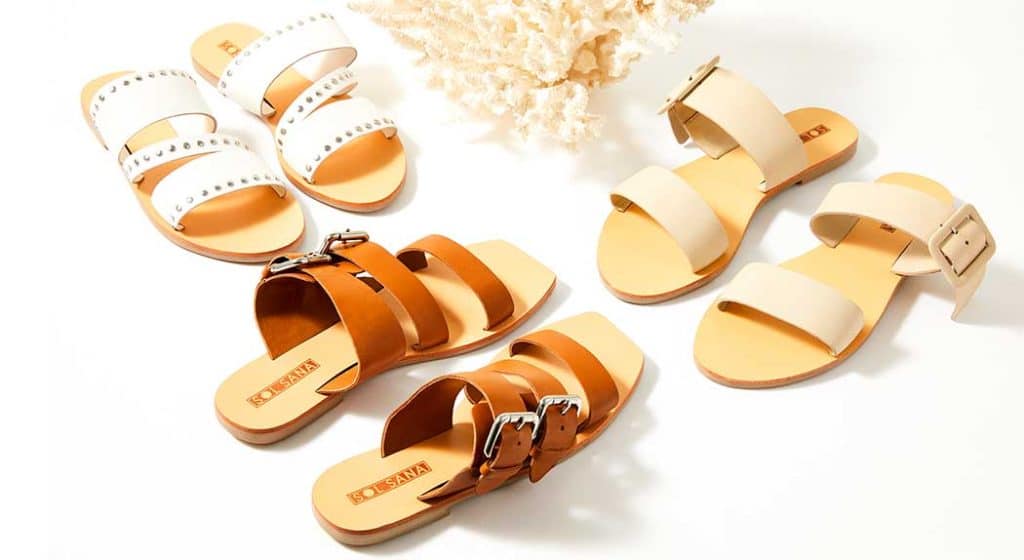
Several products are shoot together; it can be indoor or outdoor photography. It works best when a single product doesn’t provide enough information to the viewers, the product is a part of a whole package, or it has enough variations that the viewers need to know about.
The purpose of group product photographs is to clarify the product. Such photos display various details of size, angles, materials, and finishes. So, online shoppers can easily understand what they have been offered and compare the best products to choose from. Thus, grouping photos help boost the average order amount.
3. Packshot Photography

Packshot photography is about the packaging or labeling of a product. This type of photo includes key information on name, logo, size, weight, components, caution, and a lot more. By reading those, potential buyers can get a lot of information, and upon buying, they expect to have a positive impact.
This is a commercial-grade studio photoshoot, which requires a precise and perceptive view of the product that is being shot. Packshot is available in still images, 3d, and in a 360-degree format. The purpose of packshot is to advertise, inform and build trustworthiness among the buyers.
4. Size Oriented Shots
Products aren’t symmetrical; they come in different sizes and shapes. Here we have divided them into these categories.
- Regular: It can be any product, a camera, a water bottle, or even your backpack. Such products aren’t hard to deal with. Having a proper setup can get you good shots.
- Large: Products like cars and refrigerators are challenging to take shots of due to their weight and size. The photographing strategy of such products includes spacious location and ample lighting. One trick is to position the lighting and camera at a similar height to the product. And then, position the camera further.
- Small: It includes products like any jewelry or internal particles of a car. A super easy solution to shoot small objects is using a lightbox and macro lens. In this way, you will capture the tiniest details of the subject.
- Scale: Scale photos show the size compared to regular ones, that is, how big or small it is—for example, Zanco tiny t1, the world’s tiniest phone. As an online store doesn’t have the tangibility options like a brick-and-mortar store, scale shots do much good.
5. Details or close-up Shot Photos
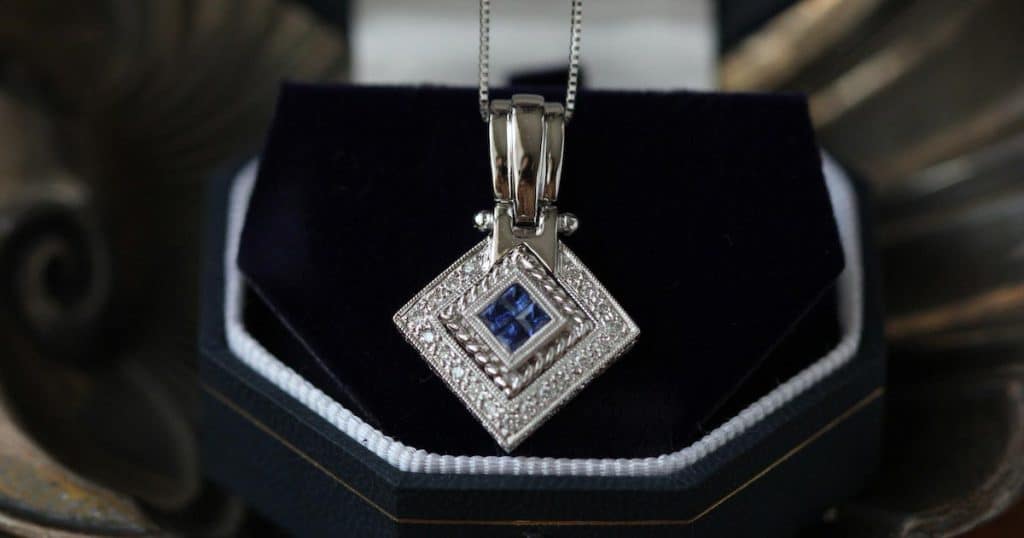
A detail or close shot is intended for taking a closer look so that the product details are obvious or the product is tiny-sized. Such shots are mainly suitable for:
- Food photography, as there are mouth-watering ingredients involved
- Jewelry photography, as it has many curves, designs, and gems to see
- Clothing photography where viewers need to check out the fabrics or hems
For taking such shots, the camera you will be using and the angle from which you will be shooting play vital roles. In most cases, macro cameras are best for close shots.
6. 360 Degree Product Photos
360-degree photography is one of the creative and advanced forms of an image, where the product in the image continuously rotates. It saves viewers time scrolling or swapping several images.
There are 2 ways to make 360-degree photography images.
a. Take a product video manually and convert it to a jpeg, png, or gif file.
b. Take several product shots and merge them on photo editing software.
360-photographs rotate in 3 ways; those are-
- Single-row: Object spins one side, left to right.
- Multi-row: 3d image, containing 12 to 14 images.
- Twin-axis: object rotates side-wise and up-down.
7. Lifestyle Photoshoot

Lifestyle photography is also called in-context photography. This is slightly different from traditional commercial photography. This is rather a custom type of photography that shows how a particular product’s position in daily life and what’s it like not having it. Therefore, it’s more like a prepared version of candid photos.
Lifestyle photos communicate with the viewers through their language. Hence, to create a real ambiance, you need to arrange photography props. So that your product becomes the star of the show, do a good job to appeal before potential buyers.
8. Action Shot
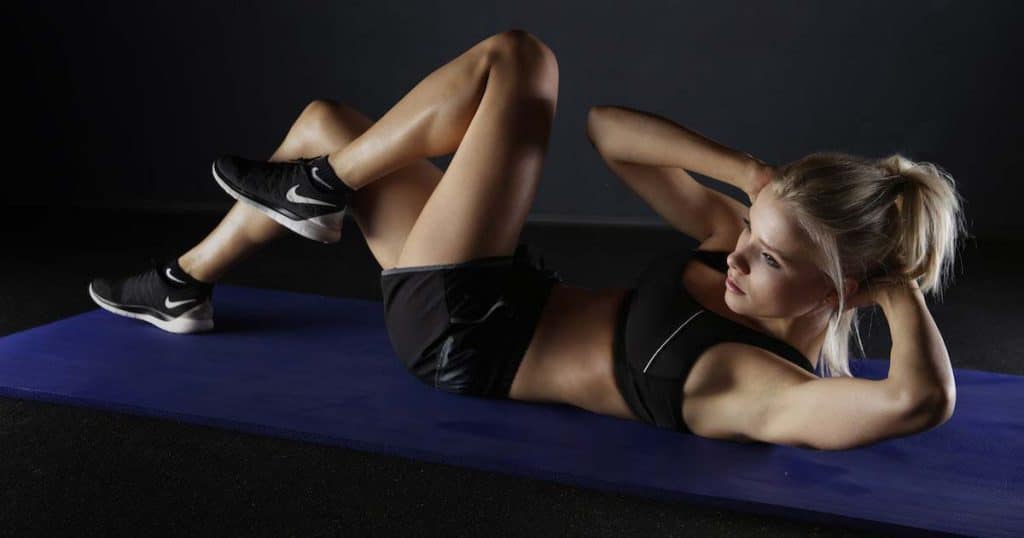
This is another kind of lifestyle shot that shows how people use a particular product in their daily life. Action photos are way more effective in convincing people and forming connections, as these show people to get the solution fast and effectively. Some examples are- exercising with equipment or cooking with utensils.
For action photos, you need to have the product in motion. Such photoshoots are somewhat tricky because creating the momentum and getting the exact motion shots at the first few clicks are harder than you think. So, a trick for taking motion shots is to use a faster shutter speed.
9. Social Media Photography
Roughly 4.70 people are using social media. You can leverage this powerful platform by implementing effective strategies with clear goals. One of which is posting high-quality product photos. Here, you have the liberty to use any style that you find best suits your product; there are no rigorous rules to follow.
Study shows that businesses post 2-3 times daily, if not once. While doing so, make sure to count the timing as well, as it’s crucial to engage with the viewers. Pick the time to post when there’s a maximum chance of people seeing your product photos.
10. White Background Shots
White background product images are one of the most used images nowadays. That’s why ecommerce product photos strictly state to use it while taking product photos. eBay product photos are slightly exceptional as it allows gray background as well. Also, you can find this background on other platforms as well.
For taking product shots, you can use any background and later remove backgrounds in photoshop. Such photos help show the product in every aspect clearly and do not distract the viewers. Adding a little drop shadow will scale up the product look.
11. Hanging Product Photo

Touching the ground is pretty common for any photography shot. How about zero gravity shots as a variation? Yes, talking about hanging shots. Almost any products go well with this type of shot. However, clothing photos are shoe photos are the most available ones.
The purpose of this shot is to display the in-details or depth look or create a 3d-effect of the product. Want to take hanging shots? Here’s how. Use hanging kits or rope or hanger and clutch it with the subject. Later, you can get those unwanted objects removed in post-production.
12. Flat Lay Photo
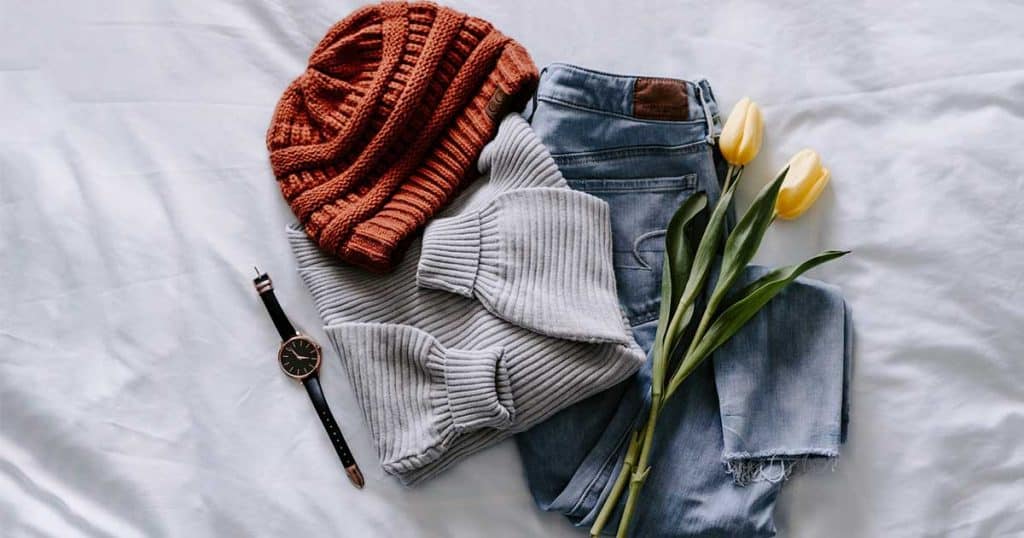
It is the easiest and fit for all shots, though flat-lay clothing photography and food photography are the popular ones. If you want to take a flat lay shot for your products, here’s how you can do it.
13. Ghost Mannequin Photo
![Invisible mannequin A Complete Guide to Product Photography [ With Pro Tips + Your Best Options]](https://clippingpathstudio.com/wp-content/uploads/2022/09/Invisible-mannequin-1024x538.jpg)
It is known as invisible mannequin photography, hollow man photography, and 3D mannequin photography. This is an advanced level photo editing technique for apparel photography where clothing is seen worn by an invisible figure. The figure or the mannequin gets removed later to create this effect.
Ghost mannequin photos work as an effective alternative; these neither distract viewers nor are expensive enough to hire a model.
14. Infographic Images
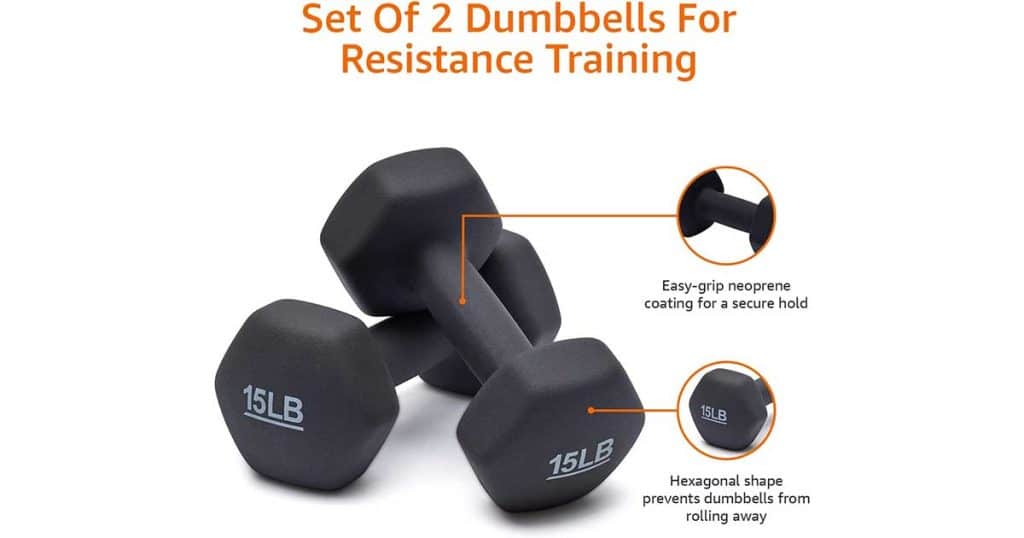
When product photos are graphically presented with information, that’s known as infographic photos. Infographics images go well with products that have lots of features to show and describe. Such a photo links your brand to the targeted audience by displaying the value a product offers to potential buyers.
Like the ghost mannequin photos, infographic images aren’t something to be taken shot. Once you learn all the features of your product, you can input them one by one to make such images. Or, you can always take product infographic services for customized solutions.
15. Promotional Photos
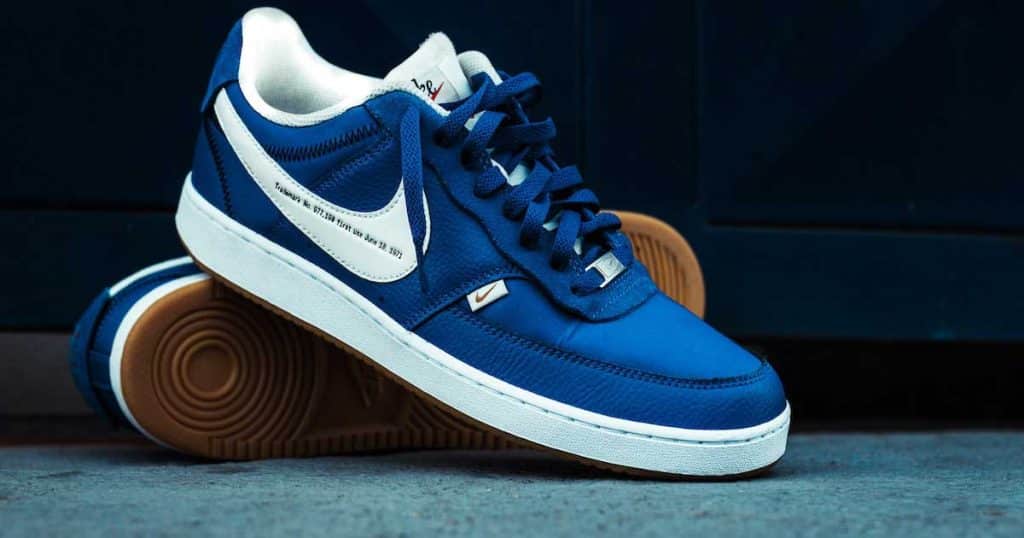
Promotional photos aim to marketize a product in its best light. It includes photos of online platforms like websites, social media, or e-commerce, and advertising photography. It also goes beyond the online and spreads through offline platforms like billboards, leaflets, posters, banners, etc.
These photos are way easier for people to read and understand the intended meaning. A matter of consideration here is promotional images aren’t the job of the photographers alone. There are some graphical or designing parts involved as well, a combination of which actually turns out to be the best result people see.
16. Process Photography
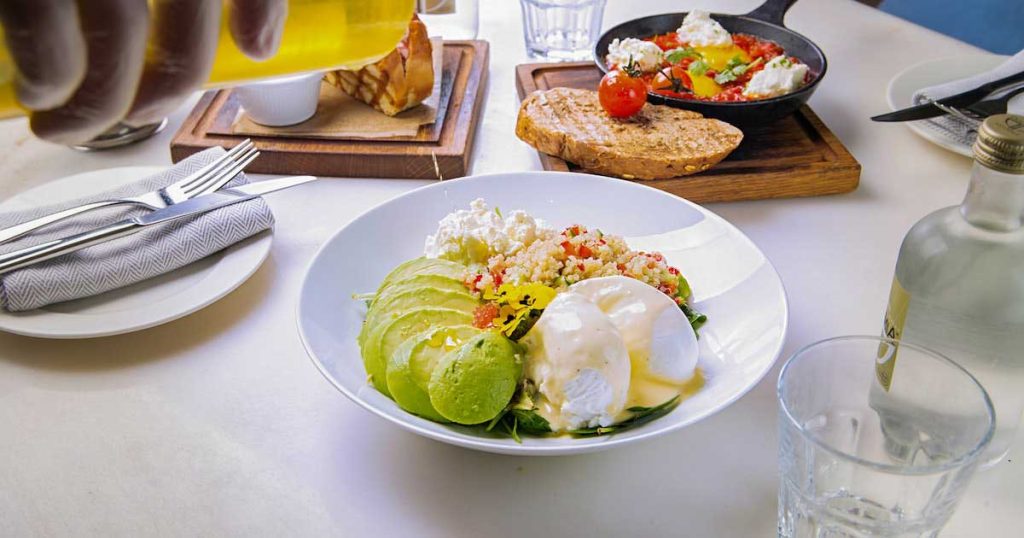
This type of photo show workmanship, meaning the viewers see how the product has been made. This is especially effective for customized products, as the product is handmade, for example, food, pottery, or other handcraft products.
Such a photo gives a better idea that the product has been made with utmost care for the users. It’s like watching the process directly. Thus, it helps viewers trust the process and brand and engage with the manufacturers.
17. Non-Product (or Service) Images
Service is a product, an intangible one. But how do you show service? Here’s how. You can show the before and after images, or you can show the final results directly. This way, the output will be obvious to the viewers. For example, photo editing services, gift wrapping services, product delivery services, etc.
To make the offered service obvious, arrange a setup, and organize photography props to make the scene of your services more sensible to the viewers.
Equipment You Need to Take Shots of Your Product
Product photography studios generally have all the equipment. However, some of them are essential. Here’s the equipment you need to shoot your products-
- Camera
- Lens
- Tripod
- Light
- Backdrop
- Props
Camera
Product shooting camera differs based on the product size and purpose. For example, jewelry shooting cameras and car shooting cameras will be different. You need to find the best camera for product photography. Brands like Canon, Nikon, Fujifilm, and Sony have many advanced featured cameras that are widely used for shooting products.
Lens
What is your product? If it’s a small one, you might consider a microlens or a prime lens. Or if something is average-sized (carriable), then a standard lens might work just fine.
Check out these following articles, where you will find:
- Lens for jewelry photography, to help you shoot tiny objects.
- Lens for food photography, to shoot any average-size products.
- Lens for car photography, that is compatible with shooting big-size products.
Light
When we think about photography lighting, there are 2 types of sources available. Those are- natural and artificial.
- Natural lighting
It is the most significant lighting source that is free. You will have some good shots if you can utilize the timing well.
But the downside is when the weather isn’t good, nighttime, or the sunray is too harsh, product photos won’t look good. So, this might cause you some delay.
Other than that, you can shoot anytime when the sunlight is soft.
- Artificial lighting
Artificial light comes in handy for its portability and availability. Generally, these 3 types of lighting (also known as three-pointer lighting) are used for the commercial shoot.
- Key light– the main light that focuses entirely on the subject.
- Fill light– Enlightens the places where is shadow.
- Backlight– The light source stays behind the subject.
There are some other product photoshoot lightings available.
Front light: Also known as flat light. The light source is placed directly in front of the subject.
Soft light: When the light source is diffused, so the effect is less intense.
Split light: When the light comes from one side. As a result, the other side remains dark.
So, what type of light should you use for a commercial product photoshoot? Here are the answers:
- Continuous lighting (long duration): Fluorescent, LED bulbs, tungsten, etc.
- Flash lighting (rather a short duration): Flashlight, Strobe light, etc.
- Diffusers & modifiers (to balance and soften the light): Softboxes, Octabox, Scrims, Umbrellas, bounce cards, etc.
Backdrop
What type of shots are you going to take? If you will need a pure white background. If you are to post on social media or on your online store, there is lax.
Therefore, you can use paper or cloth of solid color, painted or printed. To help you find a perfect background, here is a list of the best backdrops material for product photography-
- Vinyl backdrop
- Seamless paper
- Printed backdrop
- Chromakey backdrop
- Collapsible backdrop
- Muslin, velvet & canvas, etc.
Accessories
Camera bag : A camera is an essential piece of gear for every photographer. Ensuring its safety is the priority. Therefore, you’ll need a camera bag.
Tripod: Tremors or camera shakes are a big no-no for professional photography. A tripod prevents such issues and ensures a picture-perfect shot.
C-stand : This handy product is a versatile one you cannot but have. To support your lights and backdrops, you need a c-stand.
Lens filters: Lens filters are used for better image quality and lens protection. For product photography, you can use the following lens:
- UV filter: Protect the lens without affecting image quality.
- Polarizing filter: Adjust reflection, contrast, polarized light, etc.
- Color filter: Works on color, white balance changing, etc.
- Close-Up filter: Only used for macro photography.
Camera straps: You may consider shooting outside if you are taking action or lifestyle shots of your product. The camera straps are going to be vital.
External hard drives: Having additional hard drives will save time and space as you can store the older photos there.
How Do You Shoot Products?
Here comes the vital answer. You have gotten everything in your hand. So, what should be your stepping stone now?
Let the process begin.
Step 1: Decide the location.
This part is about those who don’t have a complete studio setup. If you are shooting outdoors, place your product how you see fit, have a model, or use props to take lifestyle or action shots.
But the challenge is shooting indoors. Select a room with a window. Having a window will give you many advantages for lighting and taking some great shots.
Now, prepare your shooting setup. To get effective results, position the product so that the window is at a 45-degree angle. You can place the product set up in front of the window for some products.
Step 2: Set up the background.
There are a lot of product photography backdrops available in the market. You can find anything that goes well with the shooting. If not, you can always change background colors, make transparent backgrounds, or later extend the background in Photoshop.
Place the backdrops behind the product. Use a c-stand and clips to keep it in a steady position. Keep a moderate distance between the product and the background, so the product doesn’t look odd.
Step 3: Prepare your lighting.
Having a window makes lighting one of the least of your concern. Why? Because, now adding some reflective papers or bounce cards, you can even out the lighting.
If you don’t, check which lighting position lit your product- keeping it parallel to the subject or somewhat angle. You will figure this out.
By now, you probably see some shadow behind the product (due to the light source). You can use another light to adjust the light evenly.
If the lighting seems too harsh, use diffusers, modifiers, and bounce cards to soften the light.
Step 4: Position your camera.
Time for the VIP- Camera. Place the camera directly in front of the product at eye level. Keep the camera at the waist level if it’s a clothing product.
Check out the camera’s exposure triangle ISO, aperture, and shutter speed. Depending on the products, these will vary. However, you can try this camera setting for product photography, then adjust them according to your need:
ISO: Start with 100. Higher ISO can increase noise.
Aperture: To keep the subject in focus, use a small aperture. Start with f/8.
Shutter speed: For still subject, 1/60; for moving subject (models), 1/250.
You can try different compositions for your products, such as-
- Central placement: When the product is kept in the middle position of the frame, making it the star of the show.
- Rule of thirds: The frame is divided into 9 boxes, where 4 lines intersect one another. You can place your product in any box or any intersection parts to get a good shot.
- Rule of odds: This composition is about shooting an odd number of product photos.
- Negative space: Take advantage of the negative space, and allow it to highlight the product.
- Dynamic diagonals: It’s an arrangement of lines. Place the product diagonally. Let the lines guide the product.
- Top-down viewpoint: Known as birds’ eye view, overhead view, flat lay. Shoot the product from above.
Step 5: Use some props
There’s no harm in adding decoratives. Use some props to explain or add a story to the framing. Except for the ecommerce platforms, you can use props anywhere you like.
Once, we saw that flat-lay photographers used props for their photo shoots. But now, the usage of props has been widened. Almost any shots are taken with it.
Step 6: Start clicking.
Time for my favorite moment, which is holding the camera. (You can use a tripod).
Avoid using built-in camera flashes, for it can negatively impact the image and atmosphere you worked so hard to create.
Take multiple shots from various angles, including close, medium, distant, etc.
Step 7: Post-production work.
After you have completed the shooting, it’s time for the 2nd phase of photography- product photo editing. A slight touch of editing will make the image look more eye-catching and attention-grabbing.
Photo editing works differ based on the product. For example, photo retouching is most common for all products. Ghost mannequin services are only required for clothing objects.
So, before handing it over, do some editing. It will make the image look professional and escalate the product look.
12 Tips to Create Picture-Perfect Product Photos
To tell you the truth, there is no shortcut to creating picture-perfect photos. In most cases, you will find some tricks during working that brings better results rather than sticking to the rules.
Here are 12 tips you can follow to take attention-grabbing product shots.
1. Have your products prepared.
Before starting the photoshoot, make sure your subject is cleaned of dust and looks polished and new. Products like clothing should be spotless, new, and ironed.
2. Make sure to get the necessary gear.
You don’t necessarily have to buy the brand new latest model equipment. For example camera, you can use mobile cameras or purchase a pre-owned one. After getting the hang of those, you can buy new ones.
3. Look out for the perfect angle.
There are different angles to shooting a product. To shoot a product, you can consider the following angles the most:
| Angle | Description |
|---|---|
| Front | Eye level, a product from the front side |
| Profile | Eye level, the product is side posed (example: footwear) |
| Back | Eye level, a product from the backside |
| High | A bird-eye view, shot taken from up above |
| Low | A worm-eye view, the subject is positioned high |
| Micro | Shows details of a product |
| 45-degree/ three-quarter | Shows subjects’ multiple viewpoints |
4. Check out other photographer’s work.
There’s nothing wrong is seeking inspiration. Checking out how other skilled product photographers are shooting will help you come up with your own photographic styles.
5. Shoot in various locations.
Don’t just stick to studio photography; try a different location. It can be something inside your home, near nature, traveling, eating, or anything related to the subject.
6. Use props to scale the image, not to clutter.
Use a moderate amount of props inside your frame so that it doesn’t clutter the scene. Product photos for social media are decorated with props to make the reason obvious.
7. Avoid using filters.
Filters are fascinating features. It can add some fun to your images. But for professional photography, it’s risky as it can ruin your photos. Therefore, you are better off without it.
8. Make use of color psychology.
Knowing color theory can help you capture the right emotion. For example, soft or light colors suit more products for children or women, for males- it’s dark. Thus, you can get some fascinating product shots.
9. Create a story in your setting.
Every image has a story or reasoning behind it. Have one with your photoshoot session. Use motion, interesting background, and reflection to get the best view.
10. Take shots based on purpose and platform.
Not all product shots are the same; shooting products in action differs from shooting in front of a white background. Thus, have separate images ready for different platforms.
11. Follow product photo guidelines for ecommerce.
Product photos intended to sell on ecommerce platforms differ from usual product photos. Before shooting, you better have a look at what those platform states.
12. Hire professionals to edit your images.
If you are new to serving clients, get your photos edited by professional photo editors. Even if you have amateur photos, professional editing will upgrade them.
When to Hire a Professional Product Photographer?
You are a photographer, an ecommerce or online business owner, a marketer, or a studio manager. There are certain situations when you might need to hire a professional photographer, such as:
To keep up with client-specific requirements
When you have clients in the queue, it is not easy to single out every client’s requirement. Managing time, scheduling sessions with them, finalizing the project- you have to prioritize all of them. Hiring a product photographer will ease up your workload.
Not having time to groom new photographers
If you want an in-house team, you might want to hire professional photographers. As they already have their fair share of knowledge. You assign the task, and they will be up for completion. You save much time by doing so.
Need skill and expertise together
Skill and expertise are some of the most valued qualities every professional looks for. Professional photographers gather both of these, serving for years. Therefore, hiring them is a worthy investment for your business’s success.
To ensure quality and consistent services
Want to make happy clients? Ensure your offered photography services are up to the mark and you are fulfilling their expectations. To do that, you need manpower and support. Then, hiring photographers can help you fulfill your duty.
Establish your brand recognition
When you are doing your best and making progress, recognition will be a matter of time. People will know you as a brand of professionalism. What are the best options other than hiring photographers to ensure your brand gets the recognition you deserve?
Best Way to Hire a Professional Photographer
Finding a proficient professional photographer to shoot your product is a long process. Here are some recommended platforms which are worth searching for.
1. Snappr: Snappr is the largest photography network. A specific platform that is ready to provide aid for people’s photographic needs. Photographers, photo editing, or any other visual content creation- Snapper got your back.
2. Upwork: Upwork is one of the widely approved freelancing platforms. With one click, you can find pro-grade photographers there at your disposal. They offer product photoshoot services under different categories. You can employ them based on time, days, project, or product.
Photography Studio
You can check out these photography studios as well.
- Squareshot: Squareshot works with clients worldwide. They are professional, responsive, and offer high-quality photos. To connect with them, potential clients need to fill up forms.
- POW Product Photography: The services this studio offers widen into categories such as ecommerce, Amazon, clothing, jewelry, etc. By placing your order, you can get the process started with them.
- Pencilone: This commercial photography studio produces high-volume images at an affordable price. They focus on accurate product presentations so clients can use those on different marketing platforms and get the most out of them.
Outsource Ecommerce Product Photo Editing Services
If you are looking for a high-end image editing solution, Clipping Path Studio (CPS) is here with you.
Here at CPS, we offer a wide range of selective selectively, such as photo editing, photo retouching, ghost mannequin photo editing, background removal, color correction, and many more.
For the last 10 years, we have been serving in this industry and have collaborated with brands, photographers, art directors, studio managers, ecommerce business owners, and more from different parts of the world.
Why is CPS the best photo editing solution?
Here is why:
- Experience, expertise, and skill
- Team of trained photographers
- Top-notch photo editing software
- Complete privacy maintenance
- Budget-friendly services (with bulk discount)
- Customized services 24/7 all over the world
Want to have first-hand experience of our work? Click free trial. Or, feel free to contact us for any queries you have.
FAQs
What ISO should I use for product photography?
ISO impacts on making a subject bright or dark. High ISO can cause noise in images. Therefore, start with ISO 100 to shoot your product and adjust it as you need.
What is a good shutter speed for product photography?
Static subjects don’t need much shutter speed; you can start with 1/60. But the subject in action needs a fast shutter speed, or you may get motion blur. So, consider having 1/250 or more for that.
What is focal length good for shooting products?
For versatile shots, 35mm and 50mm focal lengths suit this photography.
What aperture should I use for product photography?
To take product shots, you should go for a small aperture like f/8.
What are the average product photography rates?
Product photoshoot pricing varies depending on the products. Here’s the approximate pricing of this photography: per image: Around $30, per product: Around $50, per hour: $50- $400, and per day: Around $500
How much do product photo editing services cost?
Here at CPS, the photo editing service pricing starts from $0.23. Each of our services is affordable, and you get a bulk discount as well.
Final Thought
If you are still here, THANKS! You have the willpower to succeed. We intend to make the preparation process less costly for you.
By following this guideline, you can start the photoshoot process. And when you are used to it, just adjust your own photography style. As long as you stick to it, you can master the perfection of photography.

